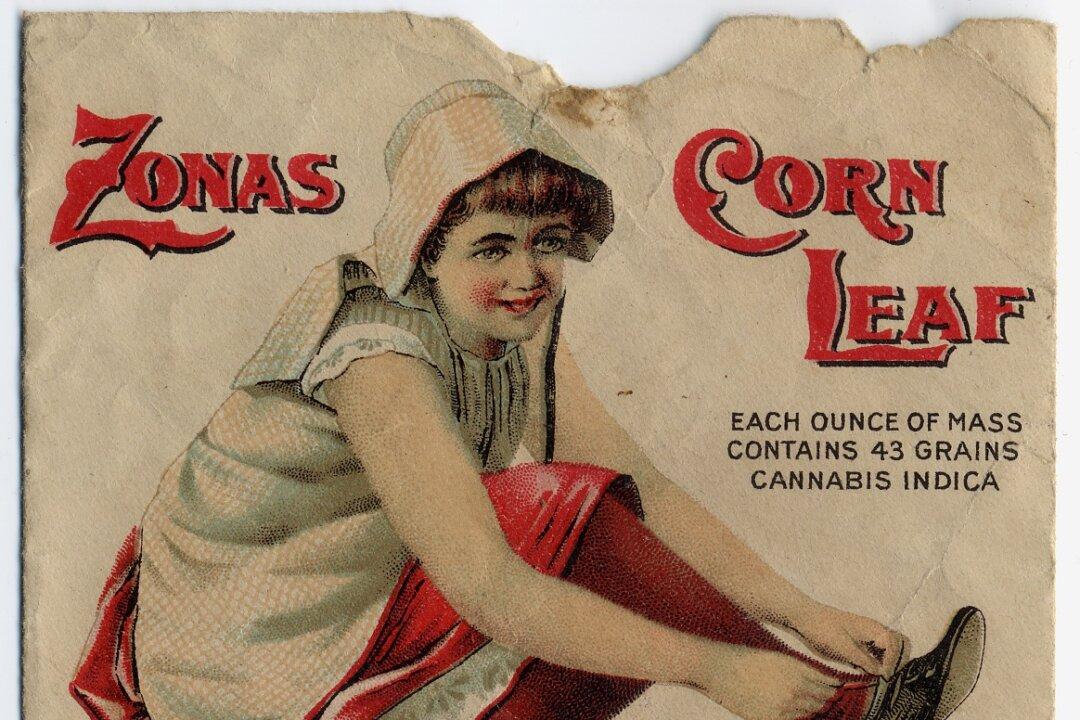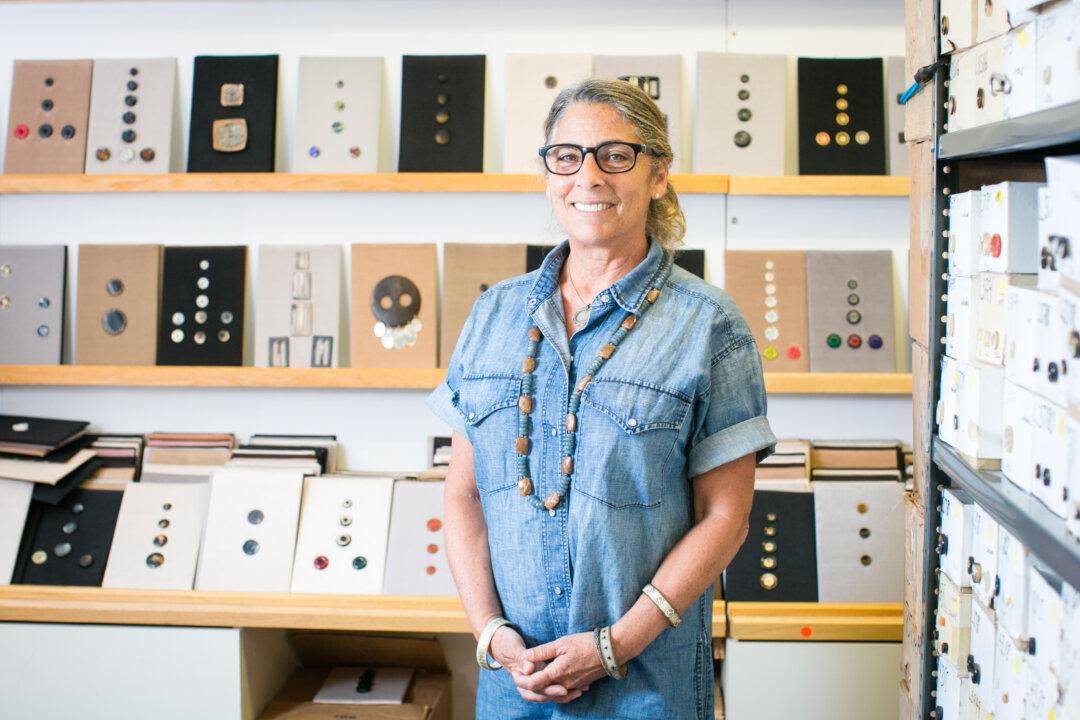NEW YORK—There aren’t many galleries selling prints anymore in New York City. Times have changed, people’s habits of looking to acquire works of art have changed as well.
Antique bookstores used to be print stores during the 1940s and 1950s—those are all gone according to the director of the Phyllis Lucas Gallery - Old Print Center, Michael Lucas. This is partly because of real estate prices, but also because the dominant taste has moved from traditional styles of art to contemporary abstract art.
In 1928 Sidney Z. Lucas founded in downtown New York the Camilla Lucas art gallery and the Paris Etching Society, the firm’s art publishing division specializing in French etchings. In the 1950s the firm expanded with the opening of the Phyllis Lucas Gallery - Old Print Center under the direction of his wife, Phyllis Lucas.
The gallery gained renown in the mid-1960s as a result of its collaboration with Salvador Dali, who became a frequent visitor to gallery’s 52nd Street and 2nd Avenue location at that time. Nowadays it is run by son, Michael from the new premises at 133 E. 54th St.
Unlike a traditional galley, at least at the moment, it is a repository—read Alaadin’s cave—of treasures on paper and canvas. Serious buyers will revel in the abundance of works in various media: photography, painting, engravings, etchings, and lithography, as well as restrikes of antique prints and maps. Visiting the gallery is definitely an adventure in itself. But cyberspace is actually where much of the action takes place.
Through the Digital Eye
The Internet has revolutionized the way people look at prints.
“Historically, in terms of the evolution of looking at art on the Internet, there was an initial skepticism of looking at an image, that can be changed and photo shopped,” said Lucas, adding that on the plus side, “It opens up art to new levels of perception and understanding.”
High resolution images have introduced the possibility of enlarging the image in whole or in parts, for close scrutiny and appreciation. Previously, this would only be something that could be experienced by someone standing right in front the work and examining it through a magnifying glass. In larger works in paint, this may not be a preferred method of enjoying a painting. But when it comes to prints, chromolithographs, or Old World maps, the details are so intricate that closer examination reveals worlds of detail that are a pleasure to discover.
This is a welcome change for Lucas who has many such works for sale on 1stdibs.com and OneKingsLane.com
Looking at a chromolithograph online is as satisfying as holding it and examining its lovely colors. When they are well done, the works in this medium show deep saturated colors that are different from digital prints. “That’s part of the beauty of chromolithographs,” said Lucas pointing out that there was a high point of chromolithography in the 19th century in England due, in part, to the popularity of botany.
The gallery carries some great examples of lithographs after the ebullient floral still lifes painted by Joseph Nigg (1782–1863) as well as botanical chromolithographs published by Joseph Paxton.
The 19th century was also a time when ornithology and zoology were popular and many species of animals started to become known to the general public through the work of artists whose renditions ranged from naive to carefully detailed. Among the latter type are the works of famous American artist John Jay Audubon (1785–1851). The gallery has a sizable collection of hand-colored engravings and lithographs depicting animals.
When Political Cartoonists Made a Difference
If you love political and social satire, Lucas will rummage with you to find your favorites in the drawer labeled English Caricatures with works by George Cruikshank (1792–1878), James Gillray (1757–1815), Thomas Rowlandson (1756–1827) and William Hogarth (1697–1764).
The American drawer has gems by Thomas Nast, the most important political caricaturist of the 19th century, also considered to be the father of the American cartoon. Lucas held a print by Nast depicting the Republican Party as an emaciated elephant, that in subsequent panels is shown as growing in size until it finally explodes.
Historical Maps
The media which reveals a greater richness of detail with the advent of digital technology are historical maps.
Lucas held up a print of an aerial view of New York published in 1875. It is intriguing to say the least. First of all, it looks like it was taken from a helicopter—a highly unlikely prospect for obvious reasons. The point of view is inspired by the building of the Brooklyn Bridge, he explains. The bridge was completed in 1883 but a depiction of it was conveniently included for posterity even prior its completion. The aerial vantage point was achieved by an early photograph of New York from a hot air balloon flying above the city. The photograph was then used by an artist to create the lithograph.
It is hard to say how many works Lucas has at the gallery. A thorough search through the gallery’s real, as well as digital files is more than likely to yield the best results to find that rare print by that well known artist, and quite a few gems by anonymous artists and printmakers that simply have to be stumbled upon as part of the adventure.




